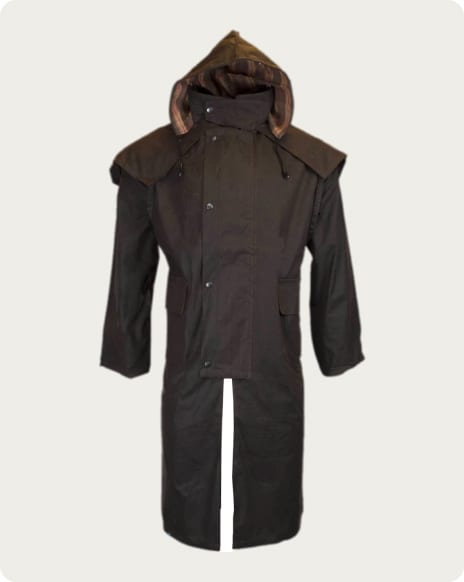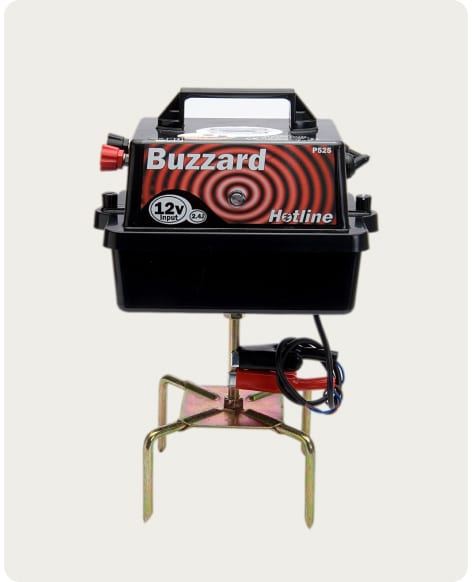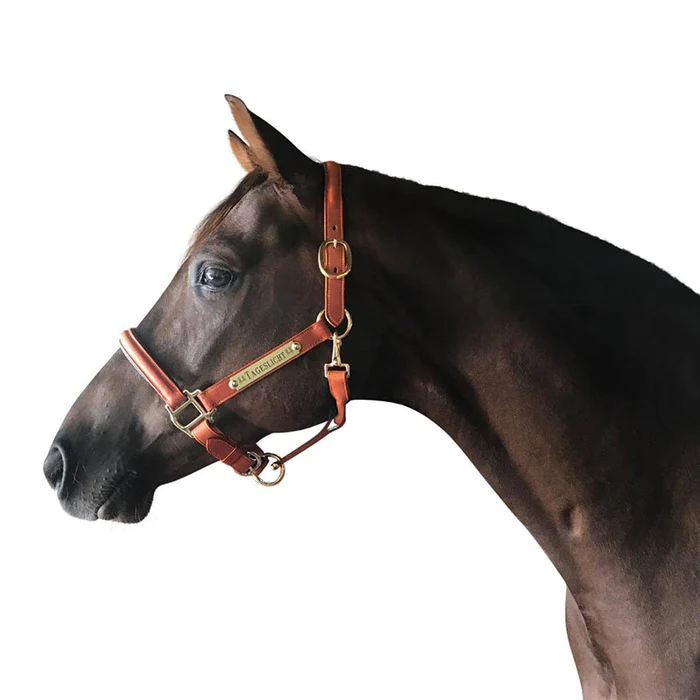
When a horse and a human form a bond, an extraordinary amount of emotional support and trust develops. But beyond the undeniably special horse-human bond that many equestrians have been lucky enough to experience lies the realm of equine therapy.
Horses are incredibly therapeutic animals to spend time with and, in an intentional therapeutic setting, they can assist us in navigating challenging emotions and experiences. Equine therapy, also known as horse therapy or equitherapy, is a way of working with horses to promote physical, emotional, and mental wellness in humans.
There are four common types of equine-assisted therapy: therapeutic riding, equine-assisted psychotherapy, hippotherapy, and equine-assisted learning.
This guide will look at equine therapy's physical, mental, and emotional benefits before explaining these four different types of therapy.
A Closer Look at Equine Therapy
Equine-assisted therapies involve experiential programs with trained equine therapists or coaches who guide clients through different activities with horses. They also take advantage of the natural benefits of horseback riding to help clients grow and heal.
Different equine therapies have different goals, ranging from mental health treatment to physical and occupational therapies.
A Brief History of Equine Therapy
The first recorded use of horseback riding as therapy dates back to ancient Greek culture in the writings of Hippocrates between 460 and 377 B.C. It was then that Hippocrates became the first person to describe the rehabilitation benefits of horseback riding, which he termed “universal exercise.”
Fast forward to 1969, and you have the beginnings of the Professional Association of Therapeutic Horsemanship (PATH Intl.), which started as the North American Riding for the Handicapped Association. Today, PATH Intl. has almost 8,000 members helping nearly 69,000 individuals with special needs through equine therapy programs every year.
Another positive force in equine therapy is the Equine Assisted Growth and Learning Association (Eagala), founded in 1999. Eagala helped pioneer a model of "professional standards for incorporating horses into mental health treatment."
Benefits of Equine Therapy
The evolving field of equine-assisted activities spans mental, physical, and emotional benefits. For example, research from the Heart Math Institute suggests that equine therapy can decrease issues like maladaptive behavior, anxiety, and depression while improving desirable feelings and skills such as:
- Emotional regulation
- Impulse control
- Life skills
- Self-awareness
- Self-competence
- Self-confidence
- Social skills
Even something as simple as grooming a horse can help people develop these skills with the help of a trained professional. Equine therapy providers also work with individuals who are struggling with a wide range of physical and mental health issues, such as:
- Amputation
- Anxiety
- Attention Deficit Hyperactivity Disorder (ADHD)
- Autism
- Brain injuries
- Cerebral palsy
- Cognitive delay
- Deafness
- Down syndrome
- Depression
- Eating disorders
- Emotional disabilities
- High blood pressure
- Learning disabilities
- Multiple sclerosis
- Muscular dystrophy
- Spina bifida
- Spinal cord injuries
- Substance abuse
- Visual impairment
Equine therapy sessions can be quite different depending on what the client is experiencing and the modalities the equine specialist focuses on in their practice.
Types of Equine Therapy

There are many benefits to equine therapy but not all modalities are the same. If you or someone you love can benefit from an equine-assisted therapy program, understanding each type can point you in the right direction.
Therapeutic RidingTherapeutic riding is probably the most common type of horse therapy. It’s typically taught by a riding instructor rather than a mental health professional, and it involves teaching people how to understand a horse's behavior through groundwork and riding.
Therapeutic riding can help people with physical disabilities relax while improving muscle tone, balance, and coordination. It might also improve sensory and motor skills, but more research is needed before it will be commonly recommended as a mental treatment method.
HippotherapyHippotherapy is similar to therapeutic riding, but it involves a qualified therapist rather than a riding instructor. This therapist is the one who guides the riders' movements and motions and puts specific plans in place to address particular problems.
Most hippotherapy specialists are occupational, physical, speech, and language therapists. Specialists can use hippotherapy to tap into key neuromotor systems, helping with different integral brain functions. Under the direction of a trained therapist in a quality treatment center, hippotherapy offers the patient the opportunity for complex motor learning.
In short, the therapist uses the movement, rhythm, and interactions with the horse to bring about desirable responses from the rider. In addition to speech and language, this helps improve the person’s neuromuscular function, motor function, and physical abilities like walking.
These sessions are combined with other tools and strategies to address the client's needs fully.
Equine-Assisted Psycho TherapyEquine-assisted psychotherapy (EAP), also known as equine-facilitated psychotherapy, uses interaction with horses to help with emotional and mental disabilities, as well as behavioral issues. This encompasses many different conditions, ranging from anxiety or depression to children or adults who have experienced trauma.
EAP has even been used to assist people with autism and other developmental disorders. Horses can help traumatized individuals to foster relationships, break down barriers, and develop new ways to interact socially.
Horses are particularly beneficial to those who have experienced trauma because they are completely non-judgmental. When combined with talk therapy and other modalities, people can use interactions with the horse to reflect on deeper problems.
Equine-Assisted LearningEquine-assisted learning (EAL) is used to aid personal development and growth, allowing people to learn specific skills and improve their abilities. EAL concentrates on education, professional development, and personal development.
EAL can help with the following:
- Assertiveness
- Confidence
- Leadership skills
- Problem-solving
- Self-esteem
- Teamwork
While it's not as common as the other types of therapy we've touched on, EAL can help a wide variety of individuals. For example, someone struggling in the workplace could benefit from learning better teamwork or leadership skills, and equine-assisted learning can provide this in a setting that has less stigma attached to it than traditional counseling or therapy.
EAL can also help participants recognize their behavioral patterns and use that knowledge to change their personal or professional lives. Participants have the opportunity to think differently while gaining confidence by earning trust from the horse they are working with.
Embracing the Horse-Human Connection
The horse-human connection is powerful. Equine therapy offers an opportunity to see our internal landscape through the gentle, non-judgmental eyes of a horse. There, we can experience compassion, humility, and challenge, which are necessary for supporting self-awareness, well-being, and growth.
We encourage you to embrace the unique connection between horses and humans, whether you're considering equine therapy as a way to heal or grow.



















